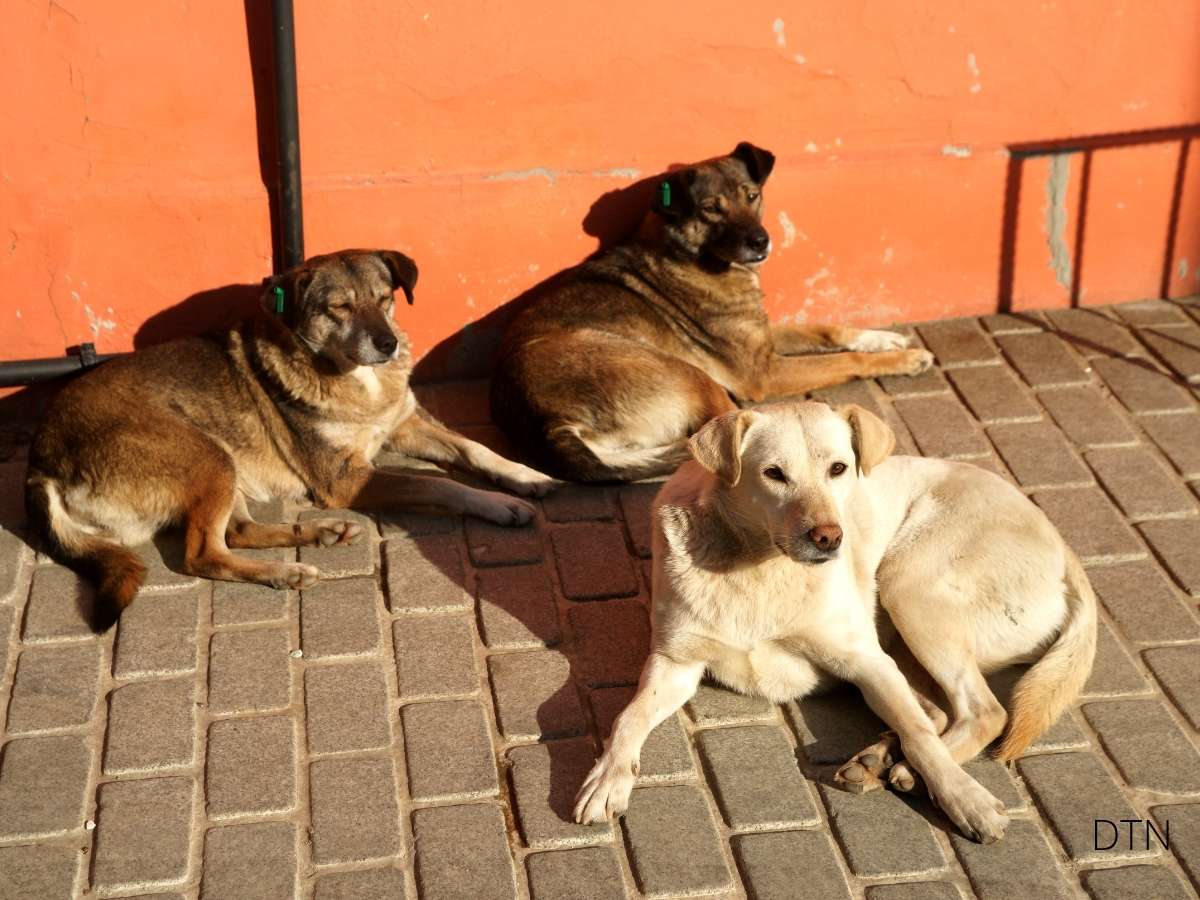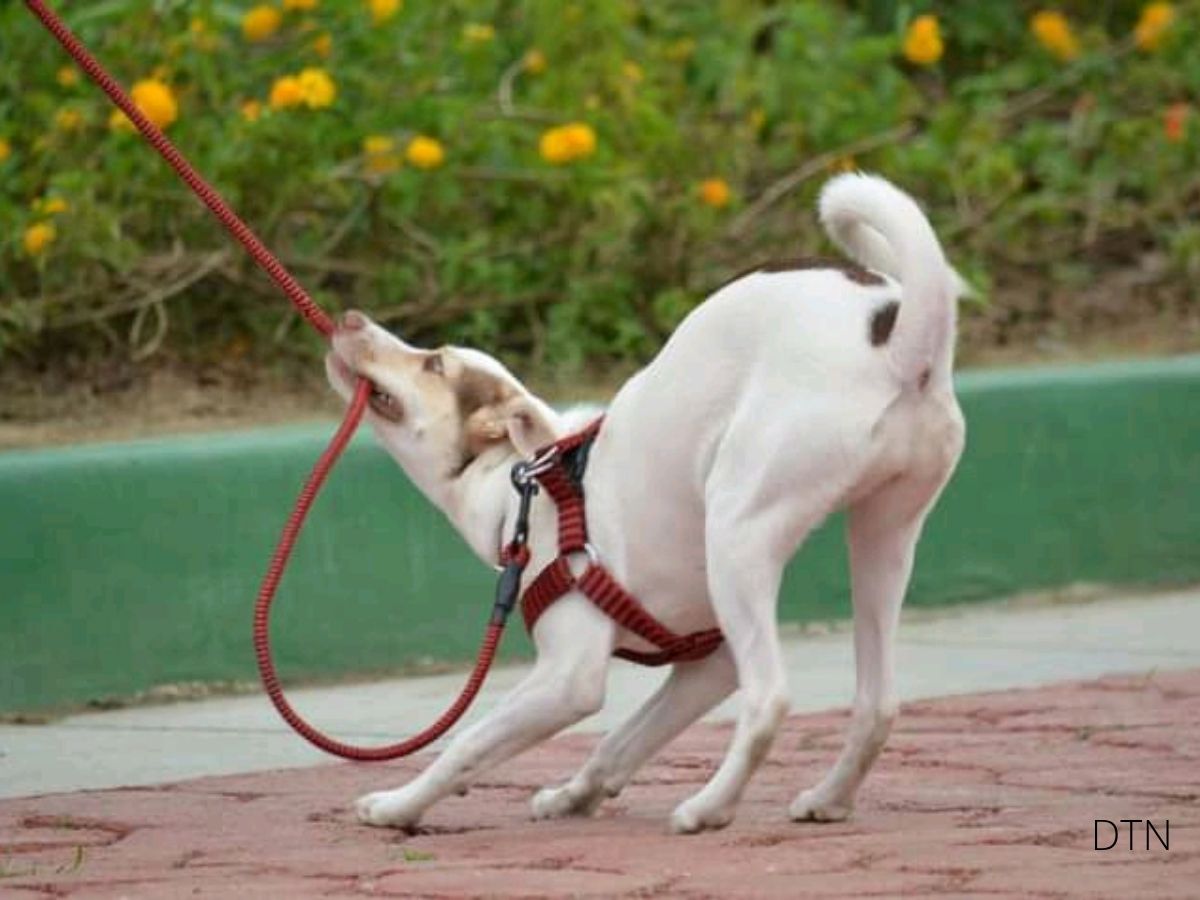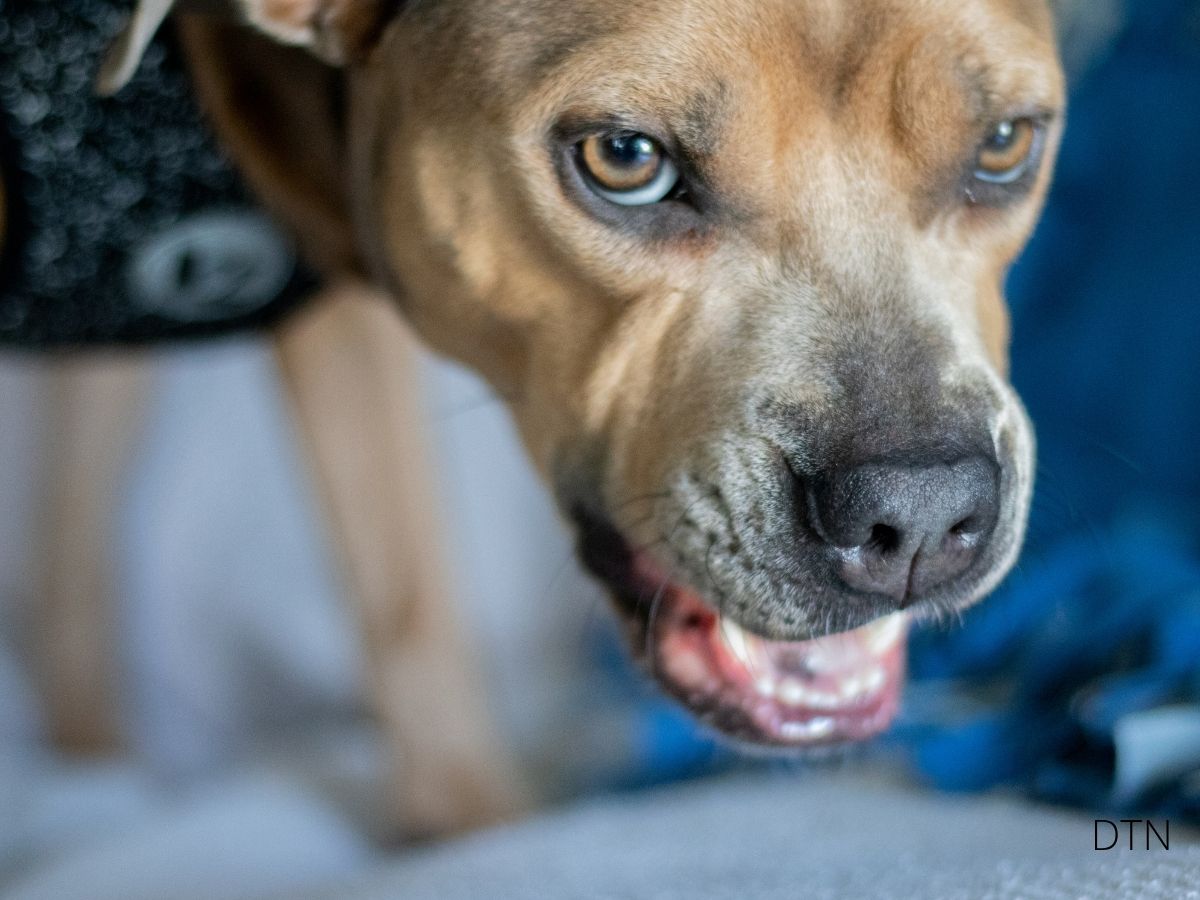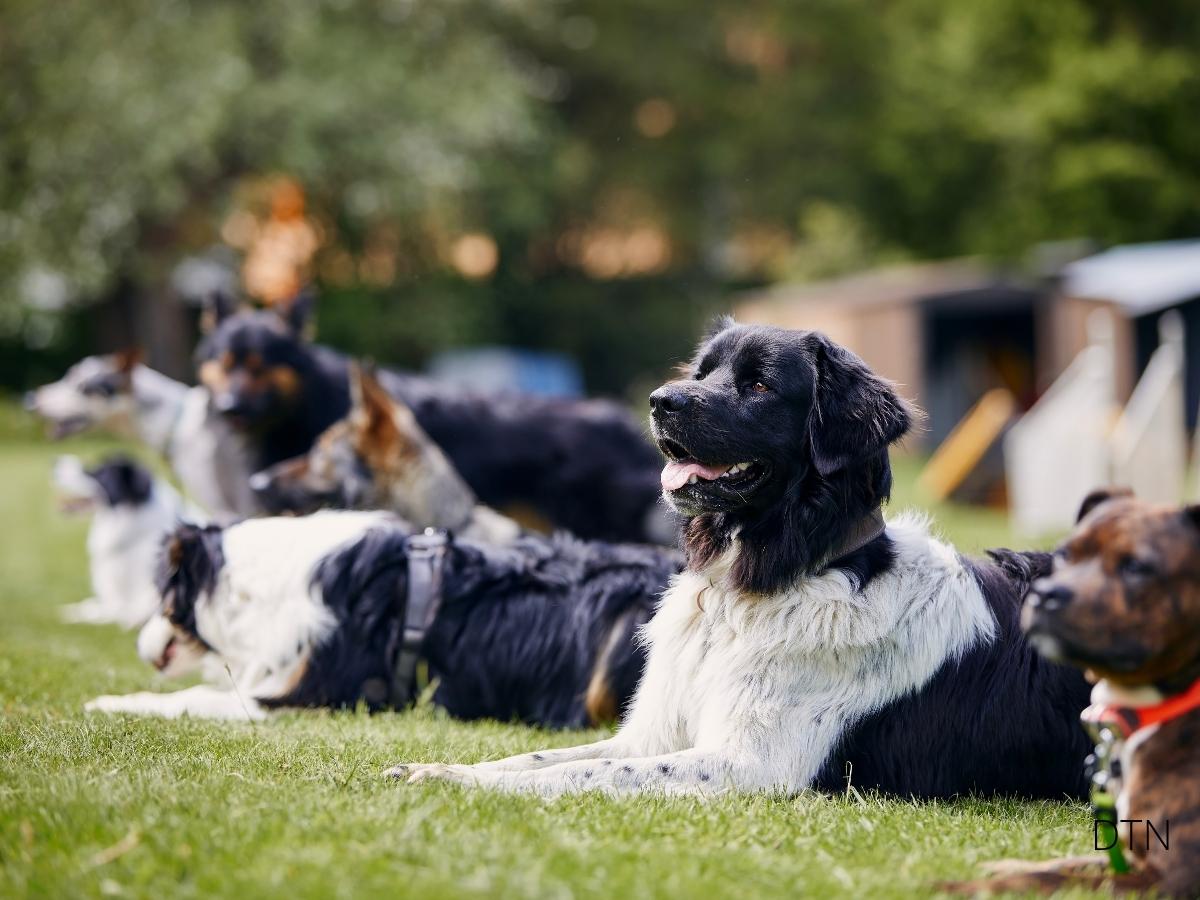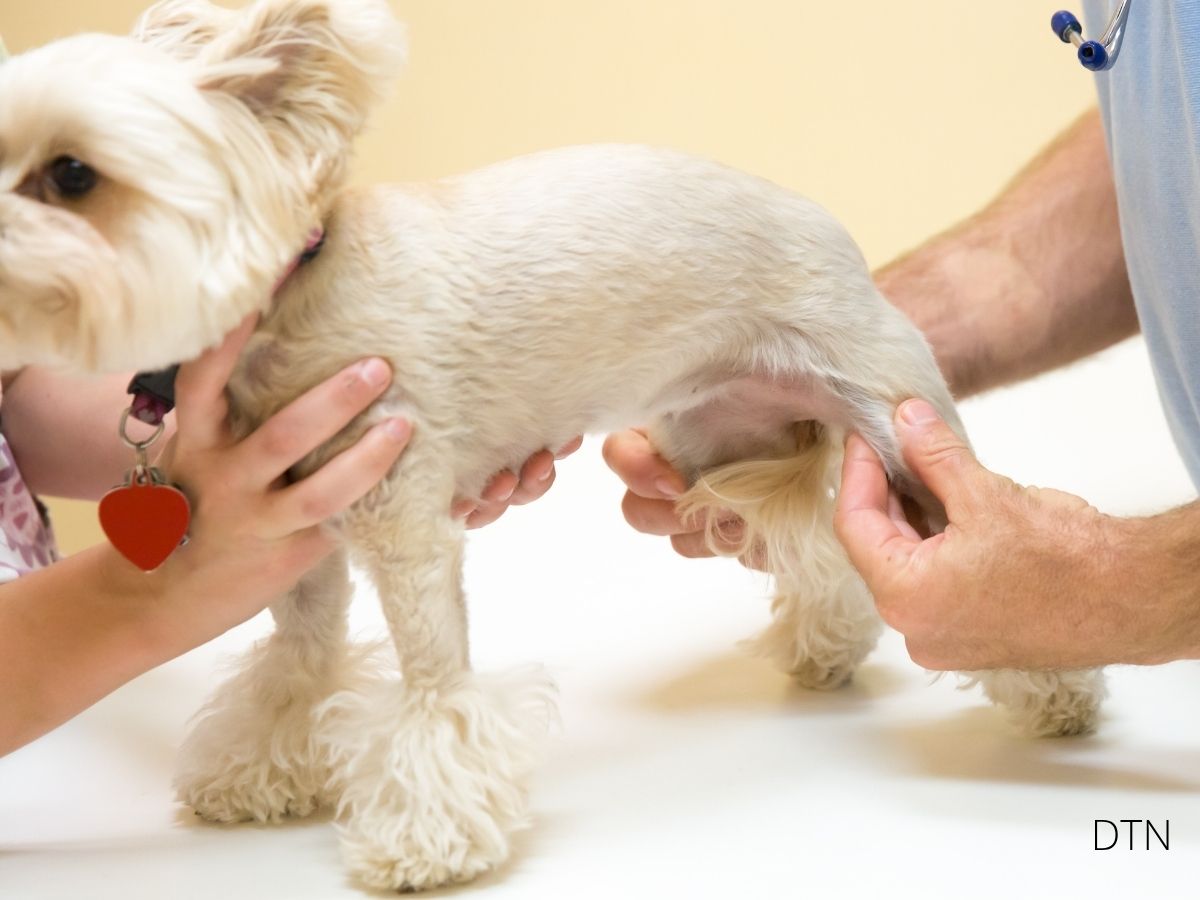Does your dog leap before you say “jump”? That eager tail wag that becomes a premature dash to the door, or the paw that reaches out before you’ve finished saying “shake” reveals a fascinating aspect of canine behavior—anticipatory responses. While this enthusiasm shows intelligence and eagerness to please, it can create challenges in daily life.
Understanding the Anticipatory Mind
Your dog’s brain excels at pattern recognition through associative learning. When your pup sees you reach for the leash, neural pathways instantly predict “walk time,” often before you’ve decided to go out. They recognize patterns like alarm clocks signaling morning routines, keys jingling meaning departure, or specific shoes indicating walks.
This involves multiple brain regions working together. The prefrontal cortex processes anticipatory information while the amygdala assigns emotional value. Meanwhile, dopamine creates an “impulse vector”—the force pushing your dog toward action—while serotonin acts as the brake system. Dogs with naturally lower serotonin may find waiting particularly challenging.
Stress hormones compound the challenge. High arousal floods your dog’s system with cortisol and adrenaline, making patient waiting feel nearly impossible—like trying to sit still when every fiber shouts “go!”
Reading the Signals
Anticipatory behaviors manifest through distinct vocalizations and body language. That pre-command whine isn’t simple impatience—it’s your dog attempting to participate in communication, albeit prematurely. Physical signs progress through stages:
Early Stage: Increased alertness, forward ears, slight muscle tension Building Stage: Weight shifting forward, intensified tail wagging, quickened breathing Peak Stage: Body trembling, vocalizing, dancing feet, breaking position Overflow Stage: Jumping, spinning, barking, complete loss of control
Watch for muscles tensing like coiled springs, laser-focused eyes, and that telltale weight shift onto front paws. The tail becomes particularly expressive, starting with controlled wags that accelerate into helicopter spins as excitement builds.
Building the Foundation of Patience
The Wait and Stay Revolution
Transforming anticipatory behaviors starts with fundamental impulse control exercises. “Wait” and “stay” aren’t just obedience—they’re neurological workouts that reshape your dog’s brain. Research shows consistent practice with response inhibition actually decreases prelimbic neuron excitability, creating lasting changes in impulse processing.
Begin with micro-moments of success. Ask for a one-second wait before meals, gradually extending duration. Each successful wait strengthens inhibitory neural pathways like building muscle through repetition. Make these exercises feel like games rather than tests.
Progressive Protocol:
- Weeks 1-2: 1-3 second waits before meals and doors
- Weeks 3-4: 5-10 second waits with mild distractions
- Weeks 5-6: 15-30 second waits with moderate distractions
- Weeks 7-8: 30-60 second waits in various locations
- Ongoing: Variable duration waits (5-90 seconds randomly)
Variable reinforcement becomes your secret weapon. Instead of rewarding immediately after every successful wait, introduce unpredictability—sometimes reward after three seconds, sometimes ten, sometimes with treats, sometimes with play. This keeps your dog engaged in the process rather than simply enduring the wait.
The Three Ds Framework
Build patience systematically through distance, duration, and distractions. Increase only one variable at a time. If adding distance, keep duration short and distractions minimal. This methodical approach prevents overwhelming your dog while maintaining confidence.
Create a training ladder with clear steps. Level one might be holding a wait while you take one step backward. Level ten could be maintaining position while another dog plays nearby. Document these progressions—you’ll be amazed at your journey together.
Real-World Applications
Working Dogs and Precision
For service and working dogs, managing anticipation can be critical. A service dog retrieving medication prematurely might interfere with their handler’s independence. These dogs require thousands of repetitions where patience is rewarded over speed. They learn to differentiate between casual movements and specific cues that genuinely require action.
Household Harmony
Your family dog faces daily anticipatory challenges—the exuberant greeting that knocks over grandma, or the dinner dance starting hours before mealtime. Transform routines into training opportunities. Meal preparation becomes an extended stay exercise. Door opening becomes a patience game where calm behavior unlocks adventure.
Create “patience stations”—specific spots where your dog practices waiting during triggering moments. Perhaps a mat by the front door for visitor greetings, or a kitchen bed for cooking time. These designated spaces cue calm behavior without constant commands.
A dog will teach you unconditional love. If you can have that in your life, things won’t be too bad.
– Robert Wagner
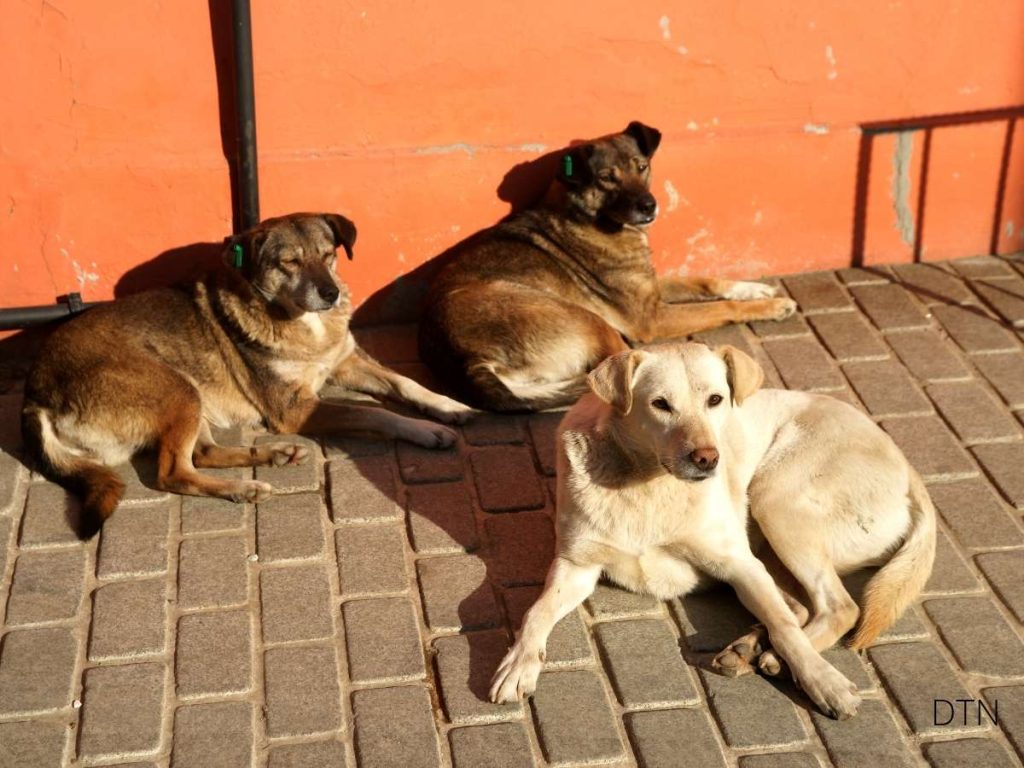
Nutritional Support for Impulse Control
Diet directly impacts behavioral regulation. Omega-3 fatty acids support neural membrane health and neurotransmitter function. B-vitamins help synthesize serotonin—that calming neurotransmitter essential for patience. Dogs deficient in B6, B12, or folate literally find it harder to maintain self-control.
Implement “working for food” strategies that channel anticipatory energy constructively. Puzzle feeders and snuffle mats transform mealtime anticipation into focused problem-solving, naturally promoting impulse control while satisfying stimulation needs.
Troubleshooting Common Challenges
Moving Too Fast
The most common mistake is advancing too quickly. Success in your living room doesn’t automatically transfer to the dog park. Adopt the “Rule of Three”—your dog should successfully complete an exercise three times over three days before advancing. When changing locations, reduce expectations by 75%.
Inconsistent Release Cues
Using multiple release words (“okay,” “free,” “go ahead”) confuses your dog, leading to self-releasing. Choose one release word and use it religiously. Inform all family members and create a consistent release ritual.
Training Over Threshold
Learn your dog’s threshold indicators: curved-tongue panting, inability to take treats gently, repeated jumping. When you see these signs, stop training immediately. Move to a quieter environment and practice calming activities before resuming.
Breed-Specific Considerations
High-drive breeds like Border Collies need patience framed as active work rather than passive waiting. Use commands like “watch” during stays and train in short, intense bursts.
Independent breeds like Huskies require incredibly high-value, frequently changing rewards. Keep exercises extremely brief initially but with jackpot rewards.
Anxious breeds benefit from micro-waits in familiar, comfortable locations with emotional support items present. Focus on confidence building before addressing patience challenges.
Giant breeds need adjusted expectations due to slower mental maturation. Use padded surfaces for comfort and visual markers like mats to clarify position boundaries.
Creating a Patience-Promoting Environment
Design your home to support impulse control. Use baby gates as visual barriers creating waiting zones. Establish calming stations with designated beds in high-traffic areas. Introduce “patience furniture”—specific items cueing calm behavior, like a raised cot for peaceful observation.
In multi-dog households, excitement spreads contagiously. Train dogs separately initially, then gradually introduce group exercises where patience is rewarded collectively. Establish “taking turns” protocols where patient waiting leads to individual attention.
The Path Forward
Teaching patience transforms both your lives. Patient dogs are happier dogs, with reduced stress from constant anticipation and genuine emotional regulation skills. This extends beyond training into every aspect of life—calmer vet visits, safer child interactions, reduced chaos, and enhanced performance in activities.
Start small. Choose one anticipatory behavior to address this week. Apply these principles—begin with tiny successes, build gradually, celebrate progress. Your dog is capable of remarkable self-control waiting to be unlocked through patient guidance.
The anticipatory behaviors frustrating you today can become tomorrow’s demonstration of incredible impulse control. Every moment invested in teaching patience pays dividends in safety, harmony, and the deep satisfaction of sharing life with a well-adjusted canine companion.


